There is something really alluring about having a road trip in Europe. Although sometimes I like the convenience of a plane, I can’t imagine anything better than a long drive in Europe, which enables me to speed up, slow down, enjoy various landscapes and most importantly: be in control.
Driving in Europe is relatively easy, but can get expensive, really quickly. There are many factors you need to take into account, such as accommodation, fuel costs, motorway tolls, destinations in Europe, the number of drivers, spare cash, insurance etc. Don’t be put off, though, because it’s not as difficult as you may initially think. In fact, we made a spontaneous decision to drive in Europe from Hungary to Portugal and planned our Eurotrip in a matter of 3 days.
We booked hotels, changed our minds, added waypoints on the map, changed routes twice, until we finally woke up one morning, ready for the long drive in Europe. Here is what we learned and wished we would have known from the beginning.
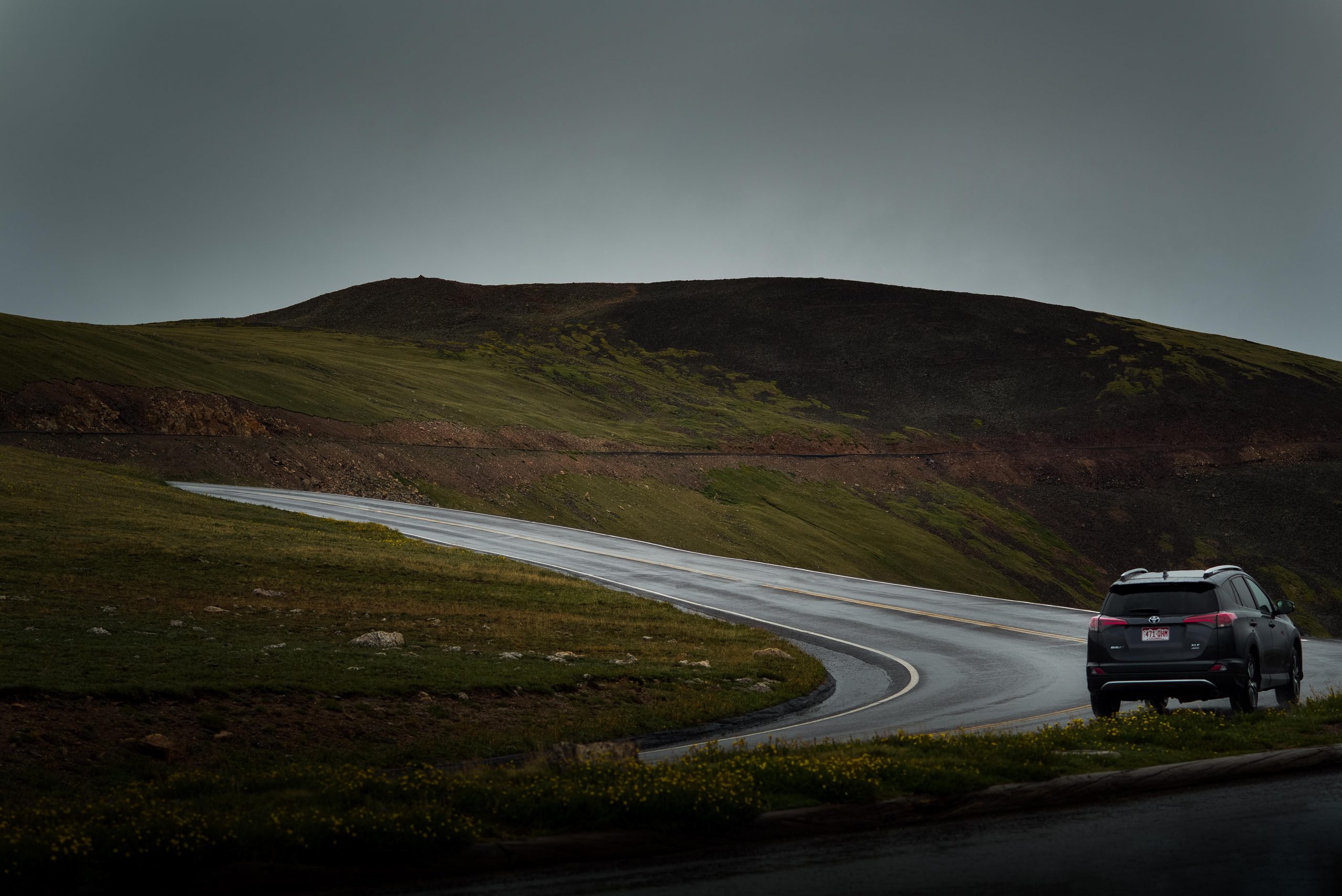
Step 1: Figure out your budget
Let’s start with the most important part when deciding on an adventure trip: the financial aspect. Sometimes this part is fun, sometimes is tedious, but it has to happen. Without a realistic budget, you can’t nail your Eurotrip. Driving in Europe is expensive and sometimes unpredictable financial crisis can occur, so make sure you take this into account.
First, I need you to estimate how much money you are prepared to spend on your drive in Europe. Get a piece of paper and write down a realistic number. Based on your budget, you can figure out how many destinations you can visit, which countries (some will be more expensive than others), which types of hotels you can afford and how you are going to deal with insurance cover.
Our initial budget was £1500 for 11 nights. Please note that this was set to include accommodation, meals, fuel, motorway tolls and bits of fun during our Eurotrip. It didn’t include the cost of the car or the cost of the car insurance. This is because we decided to leave the UK and move to mainland Europe, in Portugal for a while. We bought a car in Hungary, which we specifically wanted to drive all the way to the Algarve.
Please note that car rental in Europe can be expensive, especially if you want to start from one country and drop the car off in another. Read more to find how much a trip to Europe cost?

Step 2: How much time do you have?
Now that you have a budget, you should be able to figure out how much time your money will buy. We had 11 nights at our disposal, but this is because we had flights booked for Japan from the UK. We had to find a way to quickly, efficiently and epically get to Portugal by car, fly to the UK, so we can fly to Japan. Depending on your needs, I suggest that you set aside about £150 per day.
This will include fuel, tolls, accommodation and meals. This is what we budgeted for, considering our needs. We are certain that certain individuals will have different requirements. For example, we wouldn’t book hostels as a matter of principle, but on this occasion, we didn’t splurge on 5-star hotels either.
Please note that you should always have a buffer amount for each day for emergencies. This can be anything from a breakdown, extra meals, extra accommodation to health issues. Of course, the £150 doesn’t cover the cost of your car rental as previously discussed.
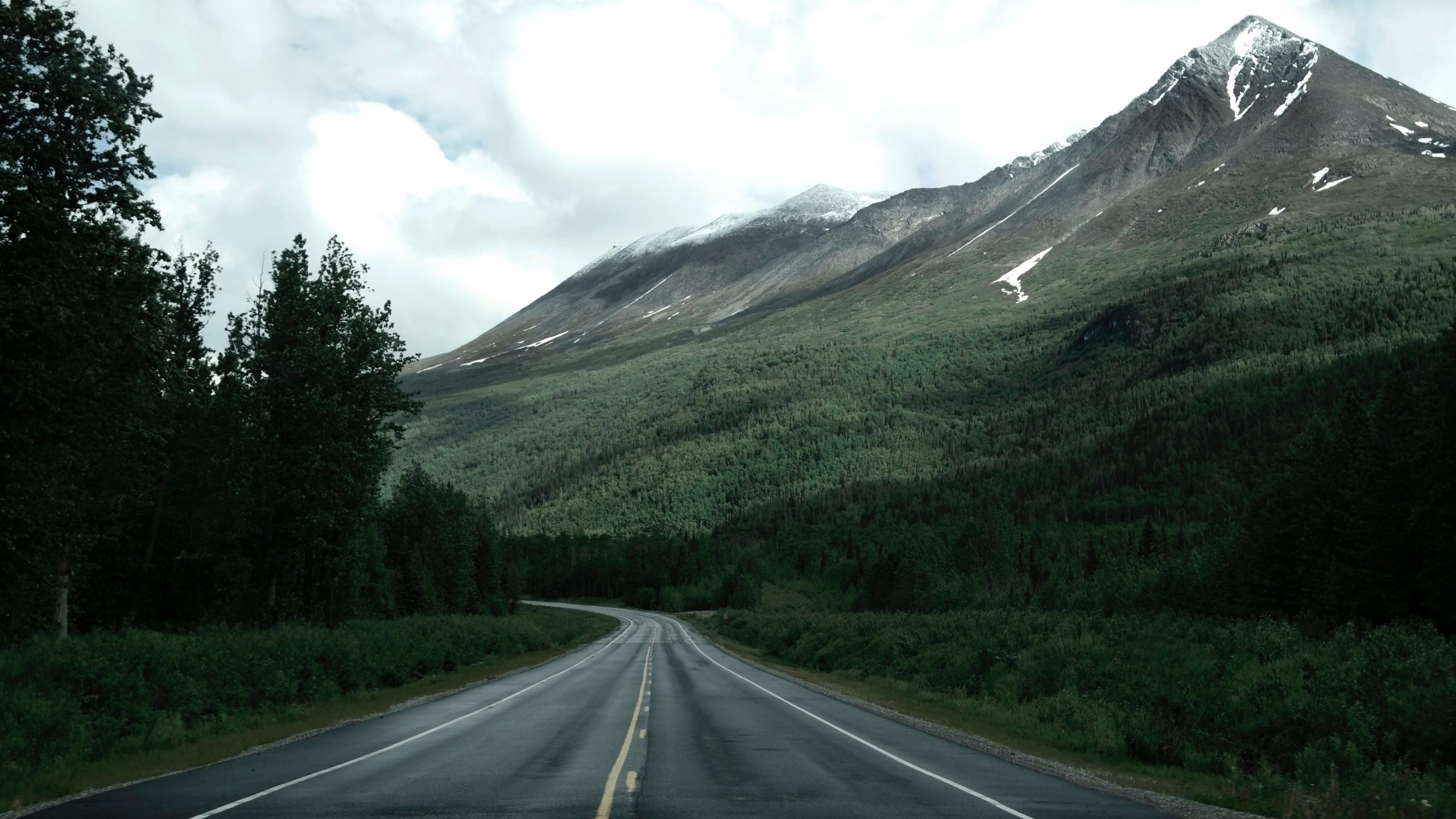
Step 3: What destinations in Europe should you visit?
I already mentioned that we changed our mind about three times before we can make an informed decision. We initially wanted to avoid the shortest route because we didn’t want to drive through Italy. Not because we don’t like the country, but because we know the Roman blood can lead to what I politely call ‘passionate driving’. We wanted to pass through Austria, then Germany and Switzerland.
After a few more considerations, we changed our route to France, to visit Lyon, then move over to North of Spain, to Porto, then to the Algarve. We didn’t quite like this either, as it added unnecessary time to our trip, in places which we didn’t prioritise.
The truth is that it’s best to make a list with all the countries you want to visit. Slowly but surely you will have to do a pro and cons for all the countries on your list, and cross over the ones which can be visited on a later date.
Driving in Europe can take months if you really want to explore this fantastic continent. So for now, unless you are blessed with an unlimited budget, you have to be picky and crafty. Don’t compromise on your Eurotrip destinations, but don’t make your drive unbearable by adding too much in too little time.
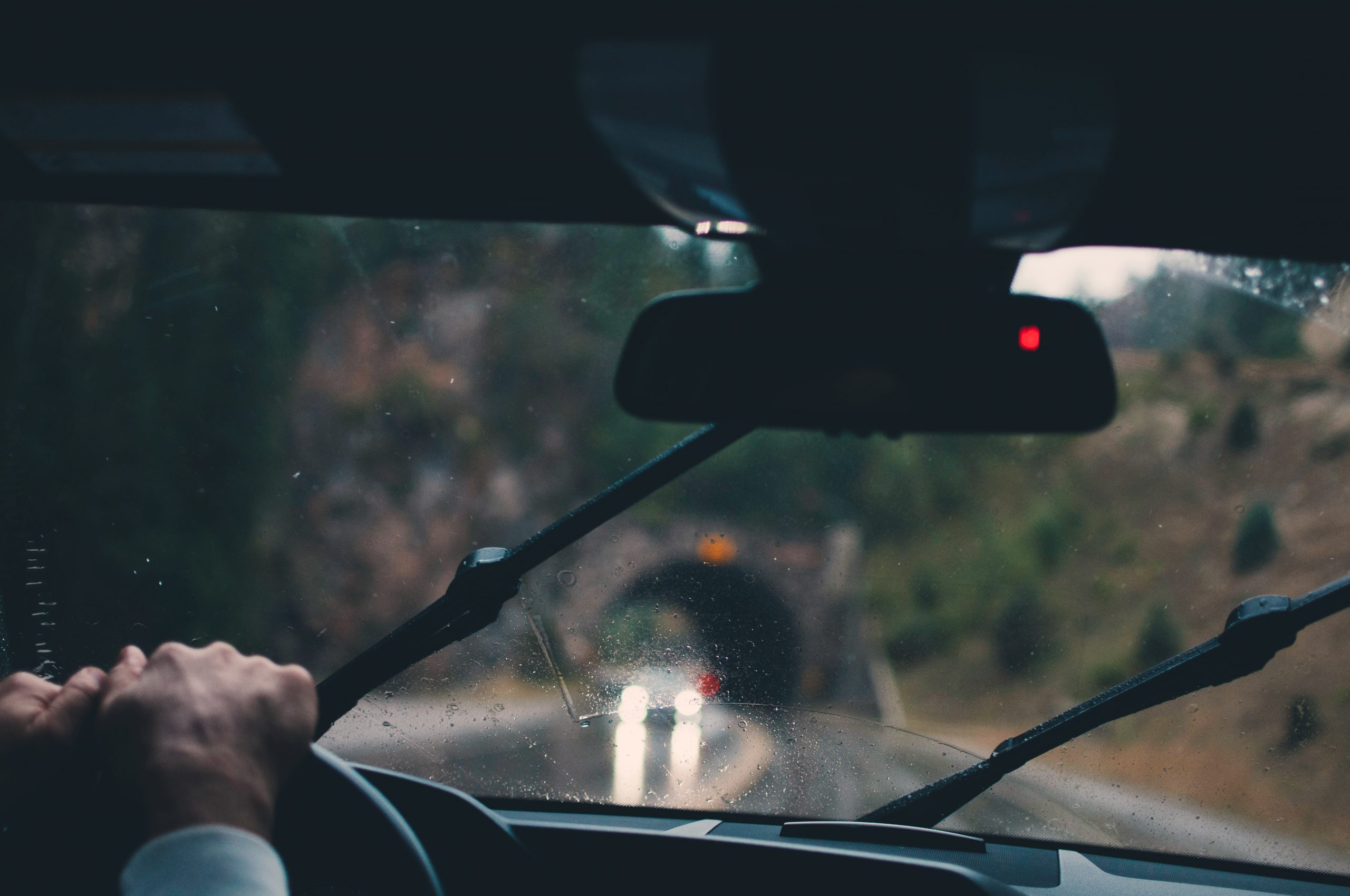
Step 4: Drive in Europe itinerary
You should now have a list of countries you want to visit. It goes without saying that all these destinations should ideally be neighbouring countries since you are driving in Europe. You now need to think how much you are prepared to spend in each country. Do you want to drive a lot through one country and spend a few days in another? Do you want to spend an equal amount exploring all your wishlist destinations? Will you share the driving time with someone else?
Here is how we did it. We planned to drive from Debrecen to the Algarve in Portugal. We had 11 days and we decided to stop for one night in the following destinations:
Tapolca (to say bye to my inlaws), Ljubljana (Slovenia), Bellagio (Italy), Monte Carlo (Monaco), Nîmes (France), Salou (Spain), El Puerto de Mazarrón (Spain), Seville (Spain), Vilamoura *2 nights here, Portugal).
We drove a maximum of 6 hours a day. Sometimes I did the whole driving for the day, sometimes I split it with my husband. I love driving so it comes as no surprise that I couldn’t wait for our big drive in Europe. It really was a trip to remember, with some motorways better than others.
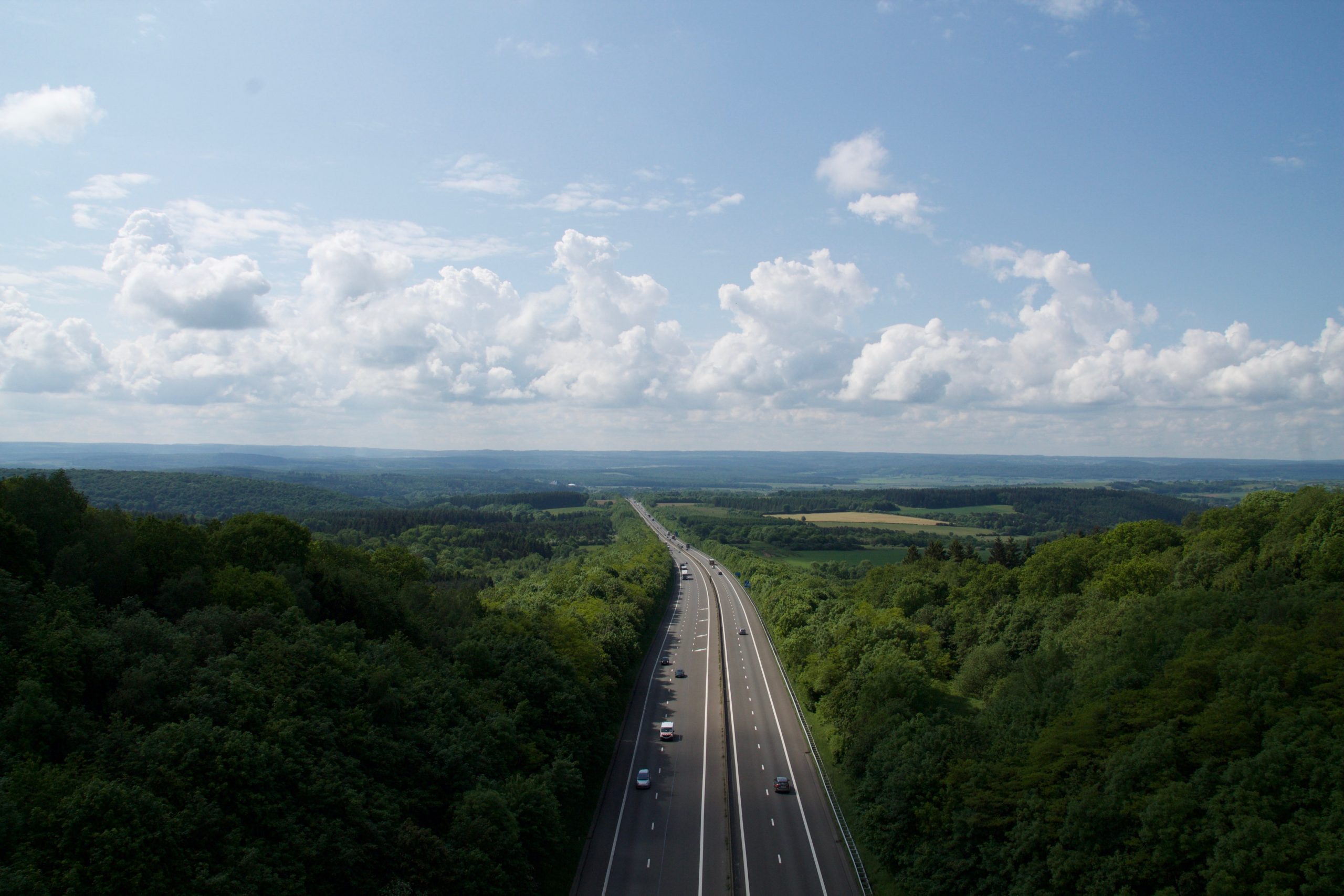
Step 5: Accommodation
You have a budget, the length you are going to spend driving in Europe and a proper itinerary. Next, you need to book your accommodation in advance, to avoid having to drive around aimlessly in search of a hotel. It’s funny how times changed because back in the days, people used to literally start a trip and stop when they are tired, in front of a hotel they knew nothing about.
You had to go in, ask for prices, ask for a room and take it or leave it. Nowadays, we are spoiled for choices, options and reviews. I couldn’t imagine booking my hotels with booking.com where I can literally change my mind as many times as I want, or having the security of a place which I know thousand other bookers already reviewed. I love the internet!
I am going to quickly review the hotels we stayed in. Some were good, some were amazing and others were awful. It happens and I think you should know about them and make your own informed decision. Before I start, I need to clarify a few things. I have a dedicated post showing how to book your best accommodation.
We use booking.com because we got used to it, find it easy to use and trust the reviews. They are usually accurate. We only pick hotels, ideally with a double bed. The accommodation has to have free wifi, be in a decent location, and have reviews of over 8. We ignore anything below this number and prioritise hotels closer to 9. We try not to spend over £100 per night unless something really catches our eyes and we want to try it for some reason.
If we compare two hotels with the same sort of reviews, we prioritise the one that has free breakfast included or is closer to the city centre. To make matters more complicated, we also prioritised hotels which offer free parking.
Whether you care about free parking or not, that’s up to you, but remember that since you drive in Europe, your accommodation has to offer you a parking space one way or another. This is incredibly important, especially in cities where parking doesn’t come easy nor cheap.

Ljubljana, Slovenia – Hotel Katrca 3* – £69 per night
Pro: We liked it because it was only 20 min walk from the city centre and offered free parking. the room itself was clean and spacious and the shower was epic, with great water pressure.
Cons: Breakfast was served late. We were downstairs at 8 and staff were late opening the breakfast room. We asked for a double bed and received a room with twin beds. We didn’t like staff attitude as they were too slow serving food or caring for the guests. Walls were a bit thin, which means we could hear other guests going up and down the stairs.
Overall: We probably would skip it and wouldn’t stay here again unless the whole city would be booked. We loved the location but it simply wasn’t good enough to worth the money.
Cheap hotels in Ljubljana:
High-class hotels in Ljubljana:
- Best Western Premier Hotel Slon – 4* hotel
- Vander Urbani Resort – 4* hotel
- or Bellagio, Italy – Hotel Fioroni 3* hotel – £65 per night
Pro: We loved the view from the room. We also liked the fact that breakfast and free parking were included in the price. The breakfast was very good and the location was awesome. A 20 minute walk would take you right in the heart of Bellagio. Great place, clean hotel room.
Cons: The shower head was broken, which made it really difficult to indulge in my evening and morning shower. The room was cold but we did get an extra cover. Please note that owner has a dog which roams freely around the hotel and the breakfast room. If you are allergic, please reconsider.
Overall: We liked it, and we are certain we would have enjoyed it more if the shower had been in working properly. We would recommend it for the view, but note that the rooms are incredibly small. We had difficulties fitting 2 big suitcases in the room. Nice experience, the breakfast saved it all.
Reasonably priced hotels in Bellagio:
High-class hotels in Bellagio:
- Grand Hotel Villa Serbelloni
- Apartments and Rooms Il Vicolo
- or Monte Carlo: Appart’Hotel Odalys Les Jardins d’Elisa – £61 per night
Pro: Just 5-minute walk from Monte Carlo shops and streets. Although parking was expensive and extra, it was well hidden and secure. It was spacious, with pots and pans, and everything else you might need to enjoy a night in an apartment. The bed was good too.
Cons: I had to park like an idiot in the middle of the street as they insisted we check in before we get directions to the parking spot. It was the silliest thing ever. It was incredibly noisy, so I had to go to the pharmacy and pick up some ear plugs in order to get a decent night sleep.
Overall: If you are a deep sleeper or don’t mind getting some earplugs, then this place would do it. Having secure parking was a bonus, although we paid something like £15 extra for it. Not really worth it, but due to lack of options we had to take it. Given the prices in Monte Carlo, I wouldn’t dismiss this place, especially because it’s literally 5 min walk from a local supermarket, full of goodies. The cheapest you can find around for the stars and amenities.
High-class hotels in Monte Carlo:
- Hotel Metropole Monte-Carlo
- Port Palace
- Le Méridien Beach Plaza
- or Nimes, France: Hôtel Le Pré Galoffre 3* hotel – £50 per night
Pro: The price tag.
Cons: The rooms are far smaller than what you see in the pictures. The breakfast was not actually included although we were told otherwise upon check-in. We had to pay something like £20 extra. Breakfast was not good as nothing was cut, there were some salamis, cheeses and sausages around with knives next to them. We had to cut our own items. Nothing hot was served, just some cold boiled eggs. The coffee was cold as well. The Wi-Fi didn’t work; hence we couldn’t work, although we booked this hotel for business. The staff was incredibly rude as the lady at the reception kept talking on the phone instead of addressing us, or the guests who were already there… The pictures are misleading and not the real representation of the hotel.
Overall: Avoid this one. It’s far from the centre, the pool was not functional although it was one of the reasons we booked it. Seriously, guys, I don’t usually tell you not to experience something, but this is a definite PASS.
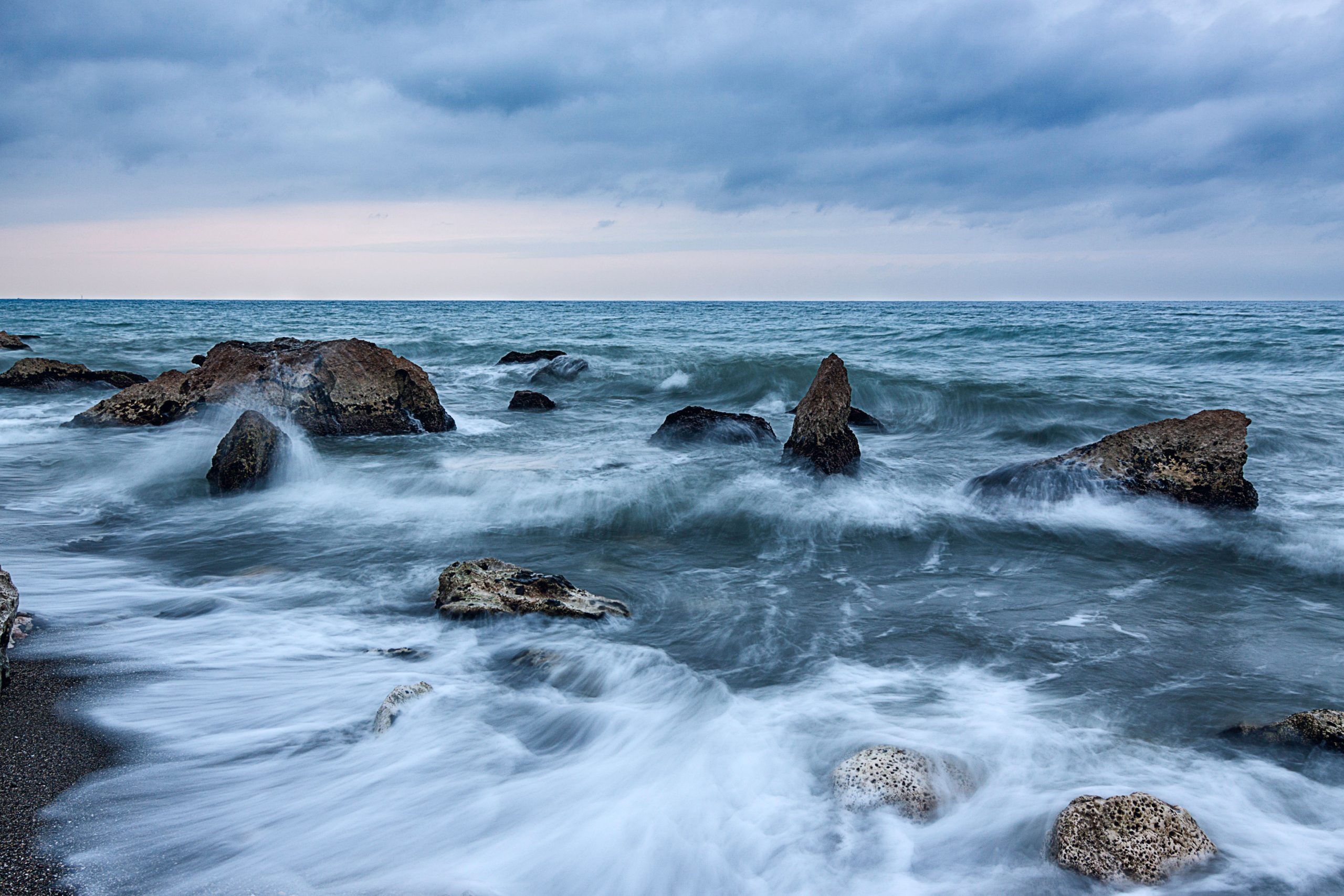
Salou, Spain – Hotel Best San Francisco 4* hotel – £50 per night
Pro: Ladies and gents, this was our favourite hotel during our drive in Europe. This was the best of the best. For £50 you get a room with two double beds, dinner and breakfast and free access to the pool. Say what? Just park the car next to the hotel, there are plenty of free of charge parking spots. Did I mention two double beds? Yes, that is correct…although we got a twin room, our beds were massive. Like we could swim in them, massive. Amazing. The shower was clean and with good water pressure. The room itself was warm enough and big enough to fit our luggage. We had a buffet all you can eat dinner with anything and everything you can imagine. Same for breakfast. The only thing to remember is that you pay separately for the wine, so don’t open the bottle of wine cleverly positioned on your table, unless you are prepared to pay an extra 5 euro (totally worth it though). The hotel is 5 min walk from the beach. The staff were the nicest, friendliest people on the planet. Tired as I was, I drove with a vengeance into the kerb and completely broke the tyre. We obviously needed the car to take off the next morning, so we had to talk to the guys at the hotel to try and find a solution. Despite the huge language barrier, they managed to help us fix the car. Super nice, perfect place!
Cons: nothing
Overall: What are you waiting for? You have to book this hotel for your drive in Europe. in fact, I would go so far as to recommend adding Salou to the destination list just because of this hotel. I can’t believe how amazing this place is. The pictures don’t do it justice.
You Could Travel Recommends:
- Salou, Spain – Hotel Best San Francisco 4* hotel
- El Puerto de Mazarrón, Spain – La Galerica 2* hotel – £42 per night
Pro: Very clean little hotel, with spacious rooms and good shower. It even has a little living space for people to gather and chat. The beds were good enough and the room was fine. You really so get what you pay for. Basic but perfect for one night stop after driving in Europe for so long.
Cons: Honestly, this had to be the worst breakfast I’ve ever had. In a way, it actually makes me laugh. The host gave us some baguette cut in half with butter and jam. The coffee was good as she put so much effort into making it epic. Really though, the breakfast a total failure haha.
Overall: I would probably stay there again, although in all honestly, we didn’t connect with the place. El Puerto de Mazarrón would not be a waypoint again for us. We did enjoy our walk on the beach and loved the marina. The food around was good too, but overall, the place was lifeless. Could be that we were totally out of season and that’s why it has a bit of a weird feel to it. Should you find yourself in El Puerto de Mazarrón, Spain, then look for options but The Galerica is a good enough hotel for one night.

Sevilla, Spain – Ayre Hotel Sevilla 4* hotel – £67 per night
Pro: An amazing hotel with great breakfast, fantastic facilities and epic rooms. We really liked our stay here and we enjoyed everything this hotel had to offer. It is rare that a hotel really makes you feel like you are having an awesome night in a great establishment, and Ayre didn’t disappoint. Would definitely recommend it.
Cons: Quite a bit of a walk towards the city centre, but it shouldn’t be a deterrent. Perhaps parking spaces are a bit too expensive if you are unlucky to not find something nearby on the street.
Overall: Would totally recommend it. Reasonably priced, clean, comfortable and great. Good value for money and extremely quiet. We loved it and we would book again.
Cheap hotels in Seville:
High-class in Seville:
Step 6: Drive in Europe tolls
When you drive in Europe, most of the time you will probably want to use the motorways to speed up your journey between to waypoints. In order to do so, you will have to pay motorway tolls. These can be expensive and the cost adds up quickly, so doing your research before you embark on your Eurotrip really pays off. This is particularly important because different countries have different rules, hence you need to be well aware of how to pay for the motorway.
Here is what we learned from our journey whilst driving in Europe.
Hungary motorway tolls
To use the Hungarian motorways you have to buy a vignette. You can get one for 7 days, a month or a whole year. There are several checks along the motorways so it is imperative that you buy your vignette in advance. You can buy yours here. Prices start from £8 per 7 days of motorway use.
Slovenia motorway tolls
To use the motorways in Slovenia you need an actual, physical sticker on your windscreen. Make sure to follow the exact instructions on how and where to stick this on your car, as otherwise, the vignette will become invalid. There are lots of checkpoints in Slovenia, so be sure to buy your vignette in advance. Before you enter the motorway, you have to stop at a petrol station and get yours. You can get a 7 day, a monthly or an annual vignette. The 7 day start from £13.
Italy motorway tolls
The upside to using the Italian motorways is that you pay as you go. They have gates where you can simply get a ticket, drive on and pay upon exit. Different stretches of motorway will have different prices. Remember to get a ticket, keep it safe, then pay when you exit. Remember to enable your magnetic stripe on your card as most of these gates will not ask for your pin number. If in doubt, make sure to have cash ready. Here is a list with all prices for the motorways in Italy.
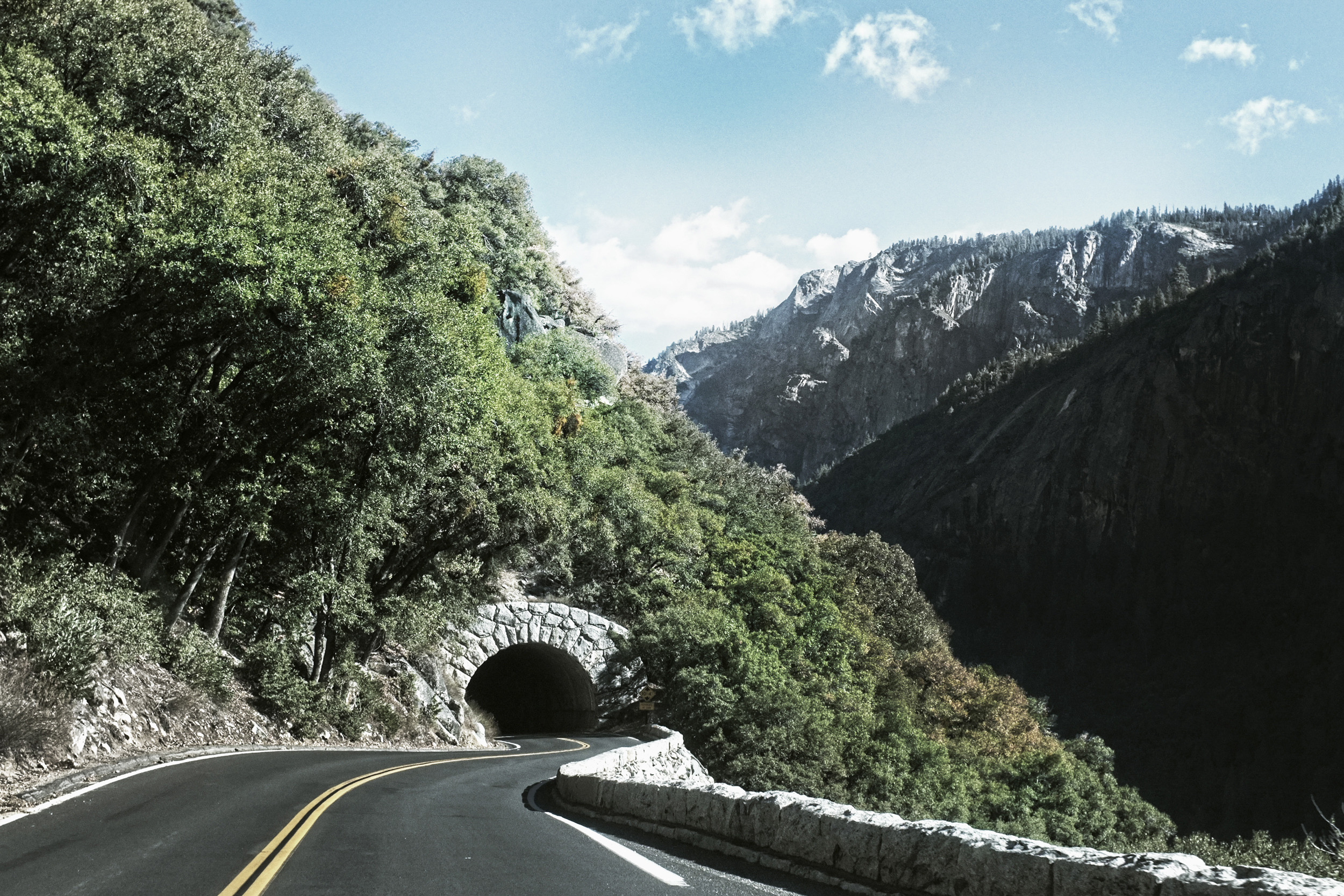
France motorway tolls
France is perhaps the most expensive country when it comes to motorway tolls. It was also the most annoying as it didn’t accept our pre-paid MasterCard which is free to use abroad. We had to use our Visa card which charges quite a lot. Thank you, France for making us pay extra. Same as Italy, France has automatic gates, you simply get a ticket and pay upon exit. Here is a list with all prices for the motorways in France. I wished I had the time to take the smaller roads.
Spain motorway tolls
Spain doesn’t come cheap either, but far more reasonable than France, that’s for sure. Spain has automatic gates so you probably mastered it by now… stop at the gate, get your ticket, pay upon exit. Nice and easy. Driving through Spain was real bliss for us. Here is a list with all prices for the motorways in Spain.
Portugal motorway tolls
Well, after driving in Europe for so many days, we didn’t expect Portugal to be any different. So we threw our hands in the air as we entered our final Eurotrip destination! Hello sunny, warm weather…wait, where are the automatic gates? We kept on passing all sort of gates which showed the tariff we needed to pay but had no way for us to get a ticket or pay anything. We continued to drive (silly us) thinking we will probably have to pay upon exit. We thought Portugal is mega advances and it registers our number plate and adds up the money for us. Say what? And so, we hit Vilamoura and got off the motorway. Still no gate…It turns out that you need to. pre-register your vehicle before you enter the motorway. Every time you pass a gate, indeed the computer registers your number plate and automatically deducts your money. We called the local authorities and paid, but been told to simply buy a pay as you go card, register our car and avoid these situations. Visit this website before you enter Portugal and buy your toll card. Simple.
Here is a list of prices for all motorways in Portugal.
We appreciate that you might not want to take the same drive in Europe as us. Feel free to add and remove countries from the list, make your own fun itinerary. You should always calculate the motorway tolls before you start your journey and have various methods of payment ready. For information on all European countries motorway tolls, please visit the official AA website.
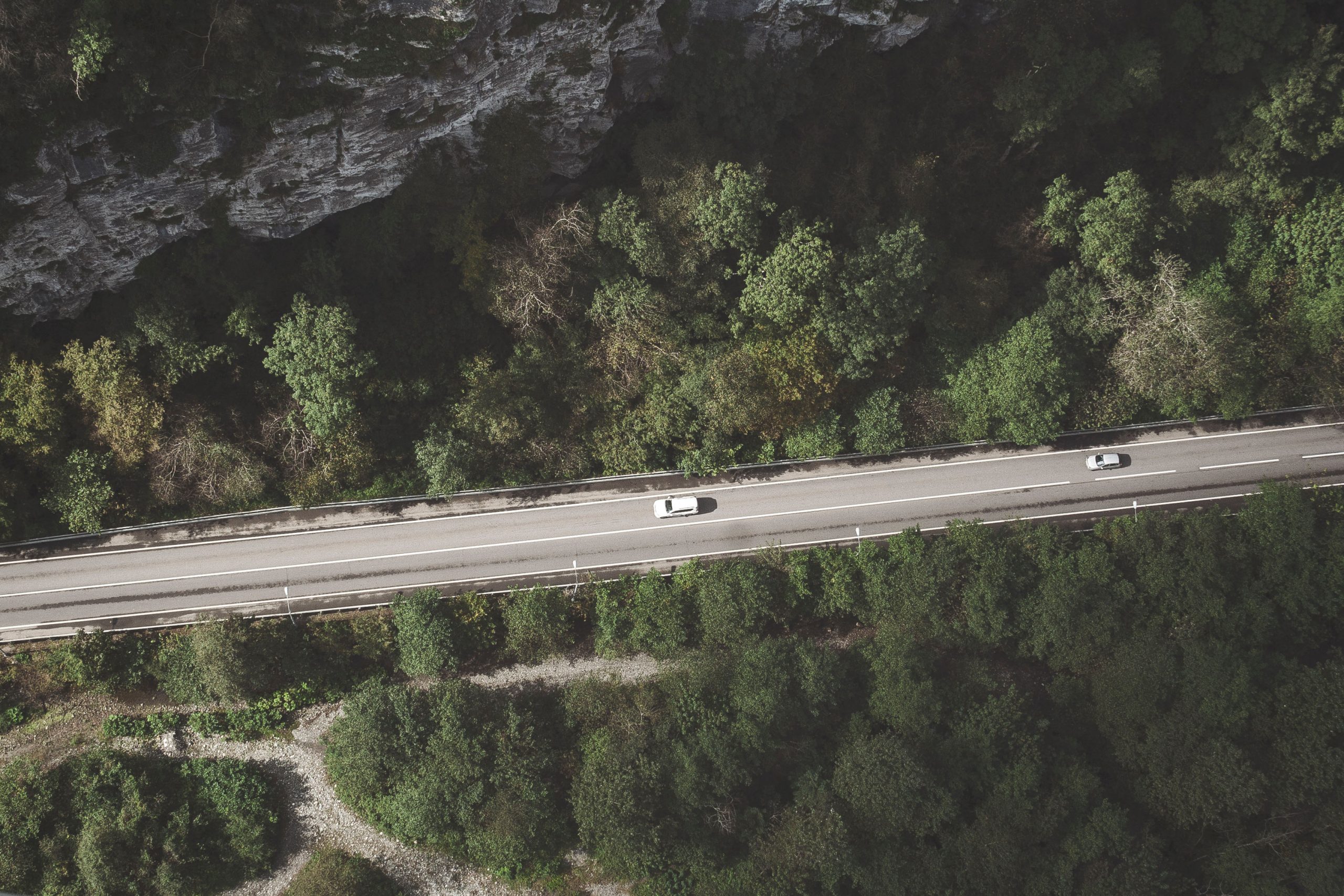
Step 7: Drive in Europe tips
Have insurance
I’m not just talking about the compulsory insurance which every driver needs to have, I’m telling you to get comprehensive insurance. Talk to different providers and ensure that you are covered across all European countries you are about to visit. I killed a tyre in Salou, Spain and it cost me £200 to get it sorted. You need to be prepared for all sort of scenarios and having a good insurance is the best way to get peace of mind.
Learn the signs
I’m not sure where you are from, but I promise, you are bound to find different signs in different countries. Sure, 99% will be familiar and will mean the same, but it’s 1% which differ and can seriously burn you. Just take a couple of hours and check out this great comparison of road signs in Europe. Be a smarter driver, always be prepared.
How to overtake a vehicle
Oh man, this really varies from country to country. In the UK, I’m so used to people being super polite on the motorways. Rarely people drive sporadically and aggressively. There is always an odd one, but generally, I find driving in the UK to be bliss. In Europe however, this changes. Forget anything you learned and be bold. Safe, but bold.
Hungarians tend to drive ok, but they can tailgate. Ideally, when you see a car literally smelling the fumes out of your car’s bottom, simply overtake that lorry, and get out of the way. Some people are nasty and love to slow down, play silly games, but you are an educated gentleman/lady, so stay safe and polite.
Slovenians are less aggressive than Hungarians and generally quite nice drivers. You will be tailgated in Slovenia too, but I was lucky enough to encounter mainly polite people. Drivers seemed to be more patient, wait for others to overtake and use the almighty signal to warn others of their intentions.

Italians have to be some of the worst drivers in Europe. Prepare for seriously impatient, aggressive, no signalin’ drivers who are on a mission to simply push you off the motorway or bridge. They are careless, impolite and simply don’t have the time to cater for your needs. This applies to old cars, sports cars and even trucks. In small towns, people drive super fast even in pedestrian-heavy spots, have no regards for other cars and the traffic lights seem to be totally optional. When you pass an Italian car, be prepared to speed up, because, chances are, you already have 5 other Italian cars waiting impatiently for you to simply sod off and make way for them.
France is not much different than Italy, but you have to give it to them, at least they have a bit of extra patience. They won’t push you off the motorway, but they have no regards towards any personal space. People don’t seem to respect the lanes and sometimes you might find that someone just about missed your side mirror by a mere centimetre. Could it be that they are master of space geometry or just dumb luck? Who knows?! What I do know, however, is that you need to keep to the right lane and leave the speedy driver to go, go, go. You will find that trucks have no shame in overtaking you, then slowing down right as they pull in front of you. If you are passing a truck, do expect another truck to pull in front of you, so always be prepared to break.
Spain was relatively quiet as a matter of fact. It was like a road trip through the Dead Valley in the US. Sheer awesome. People were ever so slightly more aggressive than the Brits when it comes to passing and not signalling properly, but overall, driving in Spain was relatively nice. You can rest assured that it’s much better than France or Italy.
Portugal was quiet, nice and blissful. The best of them all thus far. People were nice, polite and overtook with care. It could be that I got lucky towards the end of the journey, or I was too exasperated already. The only think is that the road towards the Algarve, from Spain, was awful. Probably everyone was slowing down because of the craters on the motorways. This was no driving on the Transfagarasan that’s for sure.
Respect the speed limits
It goes without saying that you should respect all signs and speed limits when driving in Europe. There are lots of patrol police cars everywhere you can imagine and lots of speed cameras. Drive as if someone is always watching you, waiting for you to do the tiniest mistake so they can fine you.
Here are a few more tips for Americans visiting Europe as well.
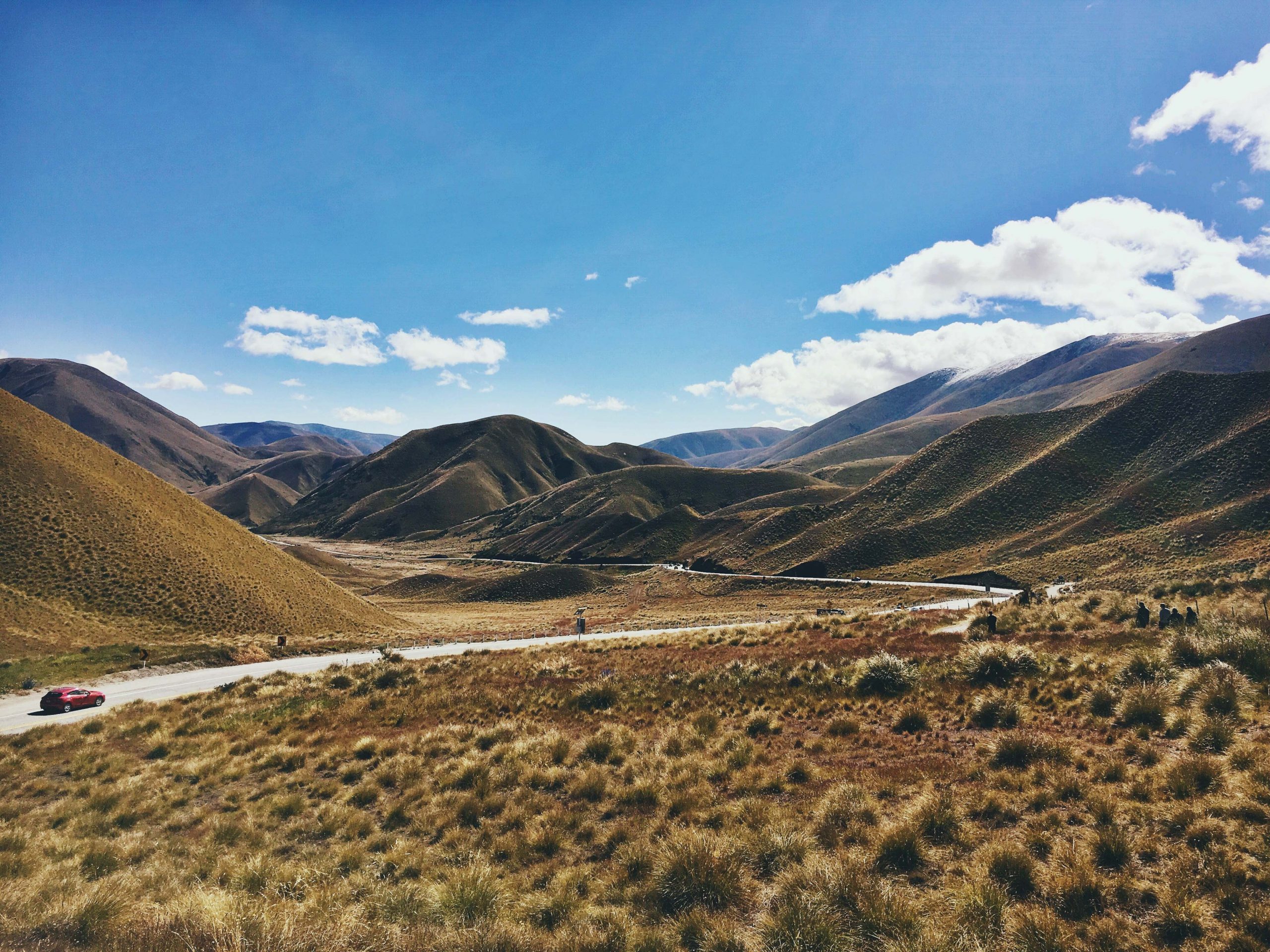
Step 8: What do you need to drive in Europe
Different countries have different requirements, so it’s best to always check before you embark on a journey. You need to be of age to drive in Europe. Some will allow you to be 17 or older whilst others require you to be at least 18. The older paper licences may be more difficult to understand so you may wish to update your licence to a Photocard style licence before travelling or obtain an International Driving Permit (IDP).
Front and rear seat occupants must wear seat belts where fitted. A child under 3 years of age must use a suitable child restraint. You can only carry a child under 3 years old in the front seat if they are in a rear-facing restraint and there is no airbag or you have deactivated it. Different countries have different rules for children in your car. Make sure to check this prior to your journey.
Most countries in Europe have zero tolerance on drink driving. You can face serious legal proceedings and lose your licence so please don’t take any risks. DON’T EVER DRINK AND DRIVE.
When driving on the motorways, most countries require you to have the dipped headlights on irrespective of the weather or time of the day. It is also recommended that you use your dipped headlights in poor daytime visibility when driving in the city.
To drive in Europe you usually need the following in your car:
First-aid kit
Warning triangle
Reflective Jacket – All pedestrians (including anyone who gets out of your vehicle in a breakdown situation) walking on a road, or road shoulder outside a built-up area must wear a reflective jacket at night and in case of bad visibility
Snow chains – carrying or using snow chains can be made compulsory on some roads when weather conditions require.
Motorway sticker/vignette
Breathalysers (e.g. in France)
Fire extinguisher (e.g. in Romania)
For a full list, please see this website.

Step 9: Just drive in Europe
Finally, don’t forget to have fun whilst you tour Europe by car. Make sure to take regular breaks, have coffees, eat and drink during the drive. Driving is only fun when you actually allow yourself to not be stressed, take plenty of pictures around and have patience. Drive no more than 6 hours a day to allow plenty of time to enjoy your surroundings. Don’t allow yourself to get too tired before your next break. Always be safe than sorry. Start the day with a big breakfast and a smile on your face. Take each situation one by one and be in the moment. If you are too tired, just swap with another driver, as otherwise, as you park the car, you will destroy a tyre as I did. That’s just silly and not cool.
Now, send us pictures of your Eurotrip and have lots and lots of fun.
Ready, steady, go! It’s your turn to tell me about your experience driving in Europe. Have I missed something? Do you have any questions? Are you planning a trip to Europe soon? Tell me all about it in the comments section below.
Fancy more road trips in Europe? Check out How to Spend a Week Driving Around Sicily.



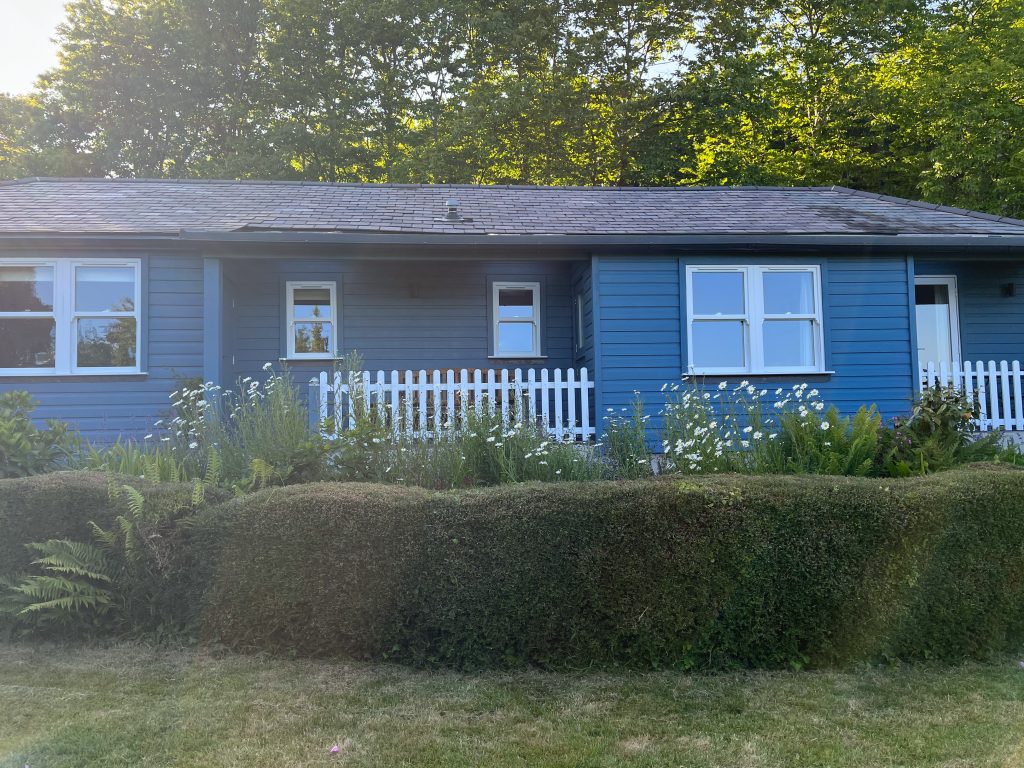
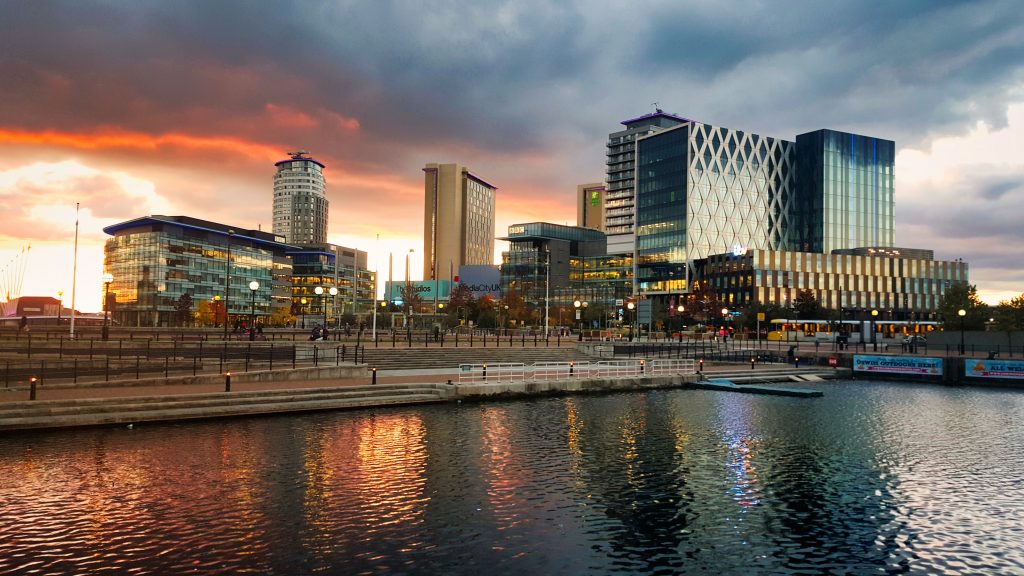




Leave a Reply